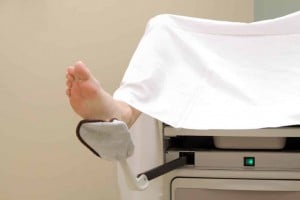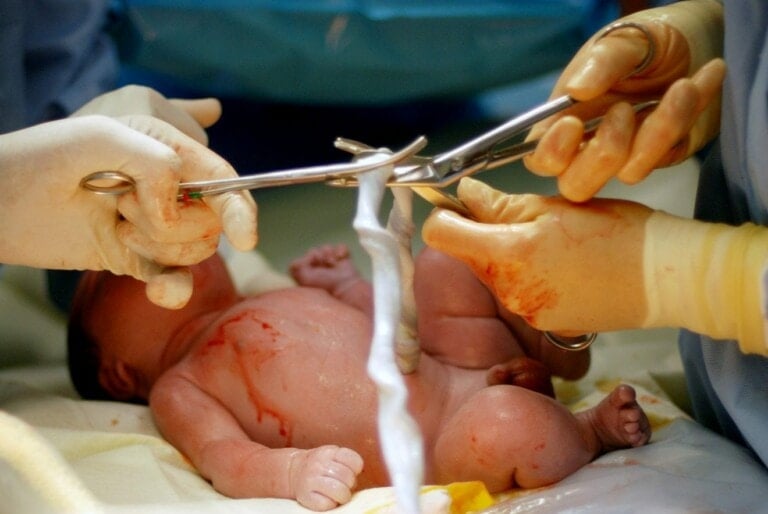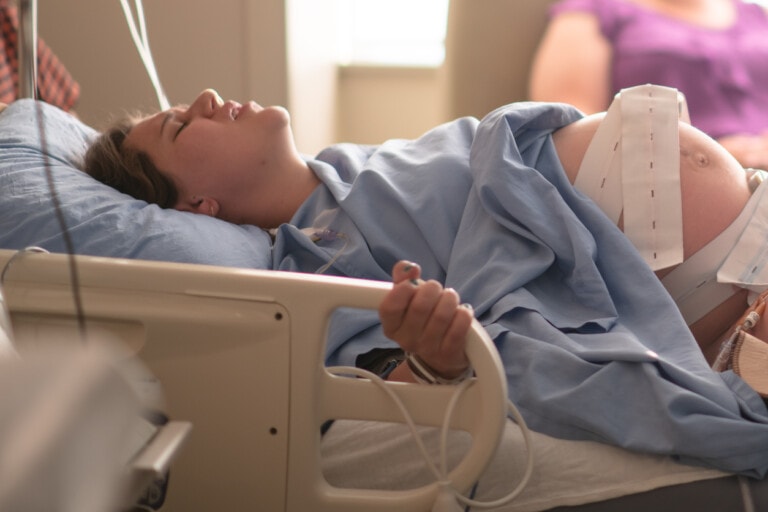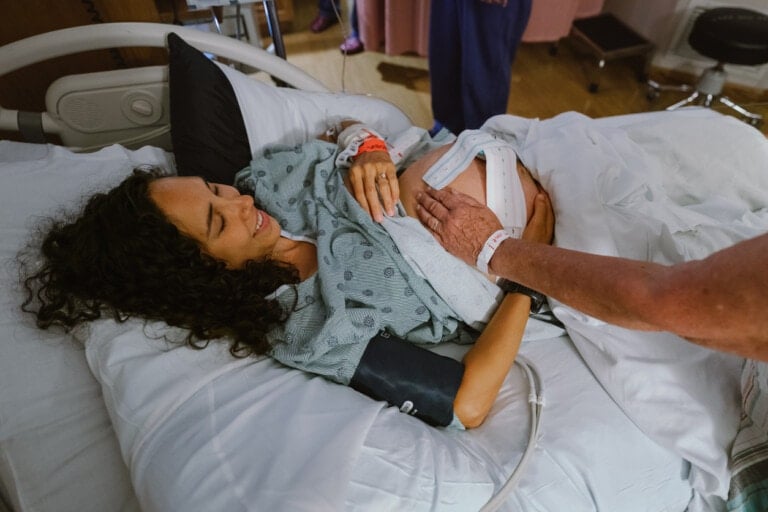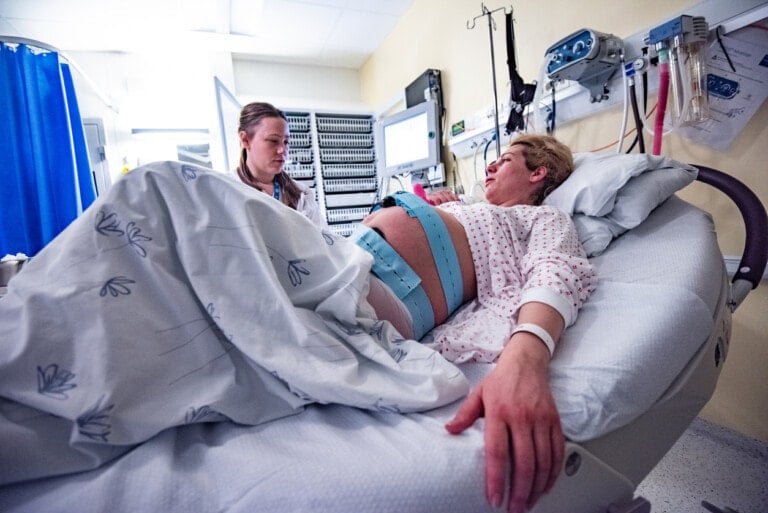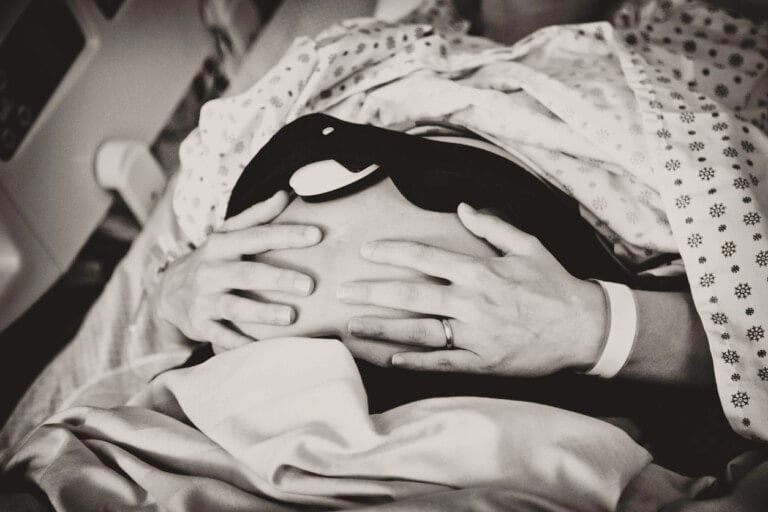Labor and delivery nurses have the honor of helping moms as they reach the end of pregnancy. They stand by your side as you welcome your new baby. It’s safe to say it may be the best job around! Of course, it isn’t always rainbows and butterflies, and those days can be really, really hard.
Many women bond with their labor and delivery nurse and often want to take them home when discharged! As an expecting or new mama, you may wonder what a labor and delivery nurse does, especially after getting to know your midwife or obstetrician over the last several months of your pregnancy.
What Do Labor and Delivery Nurses Do?
As a labor and delivery nurse with more than 10 years of experience, it’s safe to say I could execute my duties with my eyes closed. (don’t worry, I won’t!) However, patients and clients often ask me, “What exactly do you do?” I will outline some things you may experience with your labor and delivery nurse.
Each birth place is set up differently, so keep that in mind when reading this. Some places have a triage unit to assess you before admission. Often, it is labor and delivery nurses who run these triage beds. However, sometimes these nurses are specific and called “triage nurses,” then, once admitted, you may be passed off to a different nurse who will care for you through your labor and birth.
Paperwork and Labs

Once admitted to the labor and delivery unit, you will find that your nurse is quite busy. They will likely start by helping you settle into your hospital room, sign and review admission paperwork, start an intravenous catheter, draw lab work, and apply monitoring equipment. Of course, depending on your care plan, this series of events may happen much quicker or slower.
You may find certain periods of the hospital process overwhelming. However, I constantly remind my clients and patients that throughout the admission, labor, birth, postpartum, and discharge period, your nurse will help educate, support, and advocate for you. Use your nurses as your most significant resource during your hospital stay. Don’t be afraid to ask questions or even ask them their opinion. And don’t forget, many of us have been doing this for many years, and we are on your team and want the best for all our patients.
Charting

Medical charting is another critical piece of the labor and delivery process. While it may seem strange, your nurse often has her head buried in the computer. We track your medical information and history and document fetal heart rate tracing. We’ll also keep track of vital signs, medications, procedures, interventions, conversations with other medical care providers, and more. Don’t be afraid to ask questions; sometimes, we forget to mention something important to you.
Equipment Wrangler
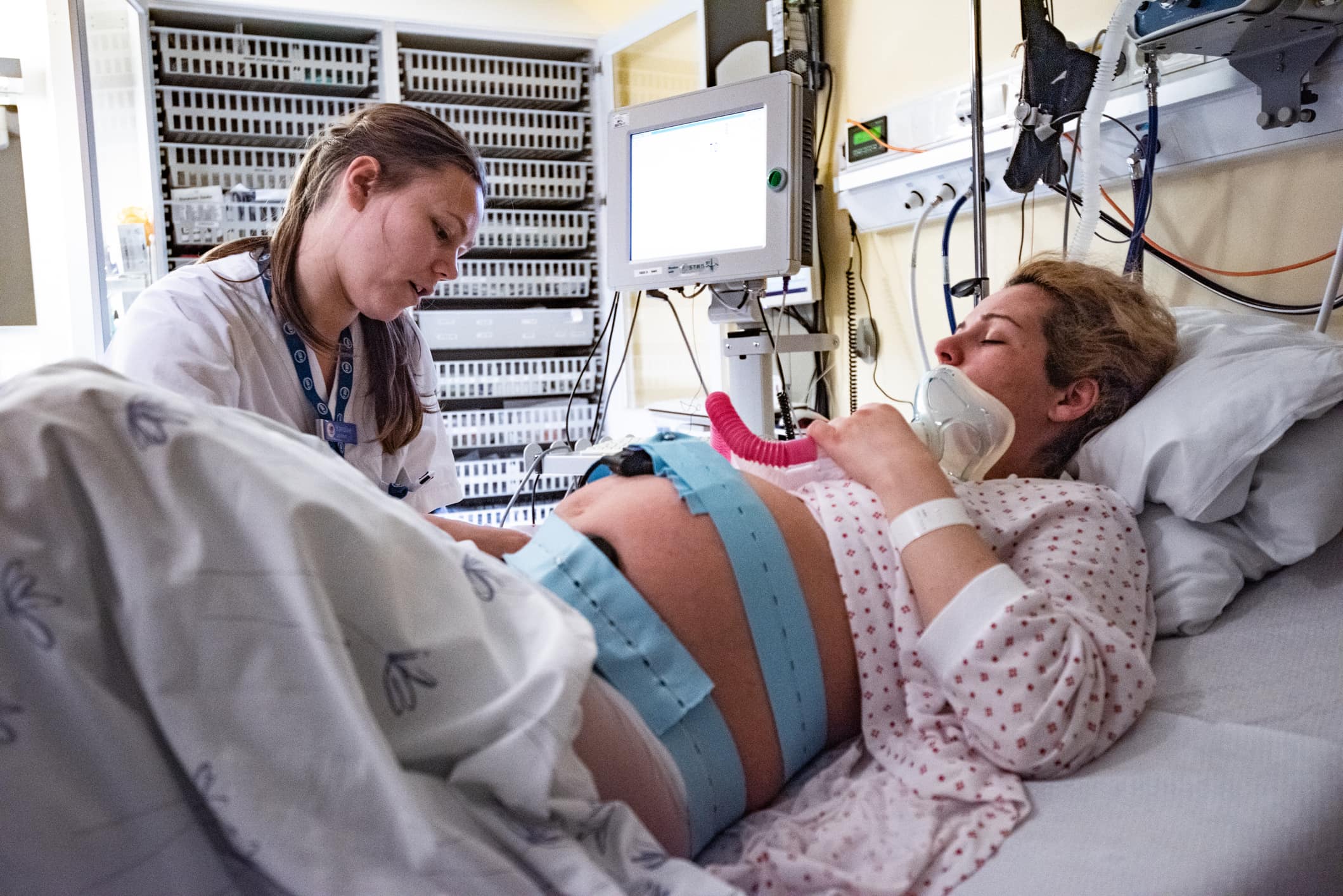
There is a lot of medical equipment and supplies that go into labor and birth. We’re often like little ninjas moving in and out of the room, bringing equipment and necessary items in and out. Sometimes, these goodies are for caring for Mama and sometimes for caring for a baby. Again, don’t be afraid to ask questions! Sometimes, the equipment may look overwhelming or scary. Often, it is just for emergencies and isn’t even used, so try not to worry.
Care Coordinator

There is a lot of care coordination that goes with labor and delivery. We will communicate with your provider, the anesthesiologist, other nurses on the floor, pediatric providers (if needed), and case management if there are special circumstances. Each patient will receive care tailored to them, which is essential for providing well-rounded support and care. During your pregnancy, please discuss any critical facts relevant to your labor and delivery. We can consider this and provide care specific to you and your baby.
Vitals and Medicines

We will be assessing you quite frequently. We check your vital signs, check your belly to see how strong your contractions are, attempt to feel for fetal positioning, and ensure your IV is in good working order. We help provide and titrate medications, assist your provider with other procedures and interventions, and do cervical exams to see how dilated you are. Many times, we will help you get into different positions. Sometimes, we assist the anesthesiologist with epidural and spinal procedures. Of course, we help support you during the delivery and postpartum process. Likely we will also assist if you require a Cesarean birth.
After delivery, we will help you out of bed to help you go to the bathroom, teach you about incision or perineal care, help with breastfeeding, and more. Some birth places are set up so you will see the same care providers throughout your stay. These nurses may even help you care for your infant and prepare for discharge. Other birth places will transfer you to a different unit, where you will meet a handful of new nurses specializing in postpartum nursing care.
Master Multi-taskers
Typically, nurses are assigned one active labor patient and help that patient through recovery one-on-one. But on busy days, we may watch more than one fetal heart rate “strip.” We can often see your fetal heart rate tracing at several workstations throughout the birth place. So don’t worry when we’re not in your room. We’re likely out helping our coworkers, assisting with other patients, triaging other pregnant mamas, or acting as team members on the floor. Always know that using your call bell to alert your nurse will ensure she will come as quickly as possible.
Your labor and delivery nurses genuinely look forward to getting to know you and your family. It is a privilege to help support you throughout your labor and birth process. While the process tends to be anxiety-provoking for many, know that your labor and delivery nurses will be there with you every step of the way. They will provide education, support, and advice that may last years. I have bonded with patients throughout the years and keep in touch with them on their children’s birthdays. Welcoming your baby into the world is a wonderful time, and being a member of your support team is a privilege and an honor!















